Forensic Investigation Tutorial Using DEFT
DEFT (acronym for Digital Evidence & Forensics Toolkit) is a distribution made for Computer Forensics, with the purpose of running live on systems without tampering or corrupting devices (hard disks, pen drives, etc…) connected to the PC where the boot process takes place.
Introduction to DEFT Linux
The DEFT system is based on GNU Linux; it can run live (via DVDROM or USB pen drive), installed or run as a Virtual Appliance on VMware or Virtual box. DEFT employs LXDE as desktop environment and WINE for executing Windows tools under Linux. It features a comfortable mount manager for device management.
Firstly Download ISO image of deft Linux from here
After having started the DEFT boot loader, you will see a screen with several boot options. Now click on Install DEFT Linux 8

Now click on continue

Then, Select the third party software option and click on continue.

Select Guided-use entire disk and click on install now

Then, select your time zone and click ok

Finally, fill your personal Details and select Continue. Click on Restart Now.


Forensic Capabilities of DEFT Linux
Analysis – Analysis Tools files of different types
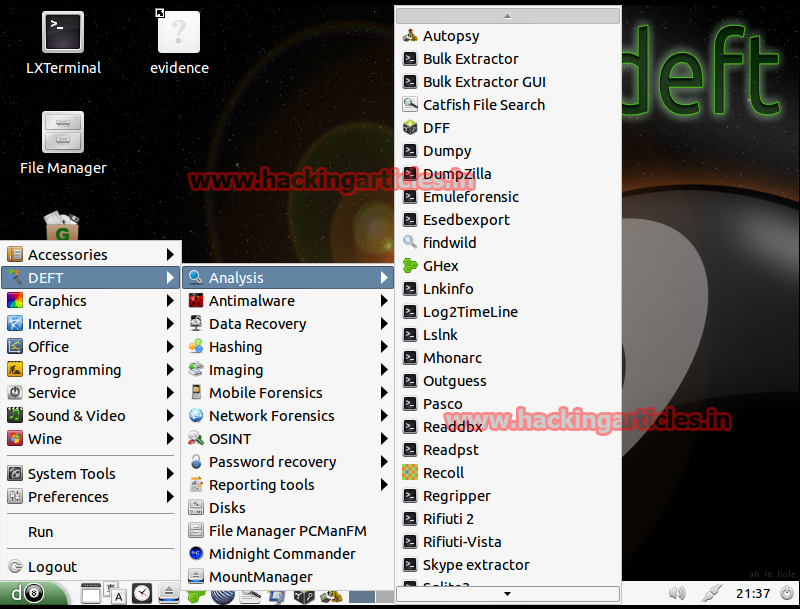
Antimalware – Search for root kits, viruses, malware and malicious PDFs.
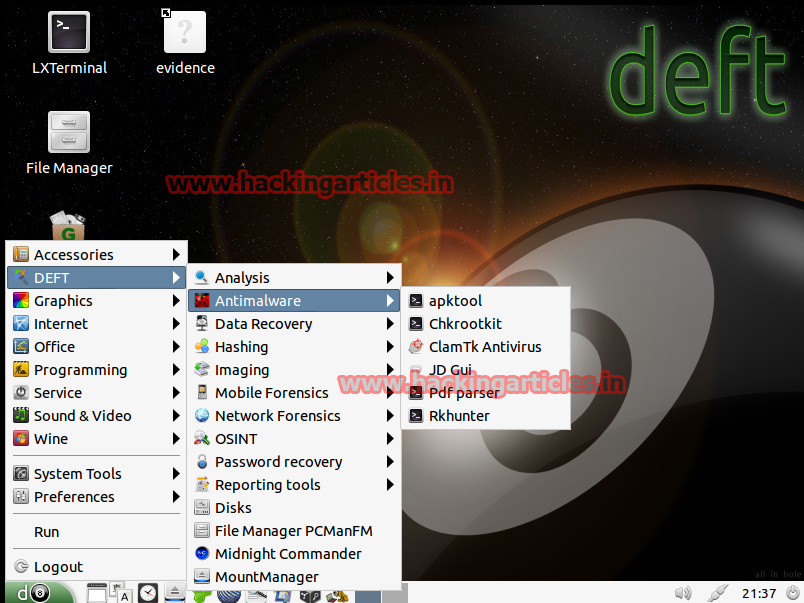
Data Recovery – File Recovery Software
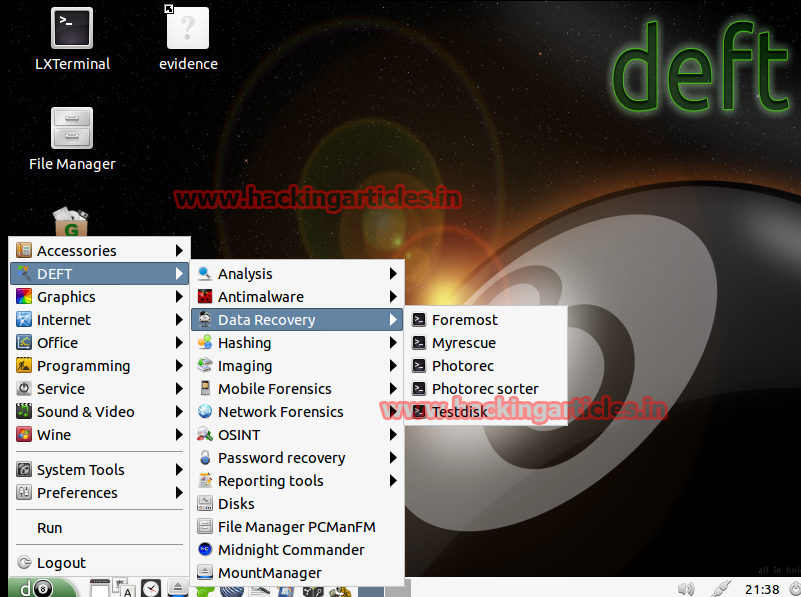
Hashing – Scripts that allow the realization of calculating hashes of certain processes (SHA1, SHA256, MD5 …)

Imaging – Applications that we can use to make cloned and imaging of hard drives or other sources.
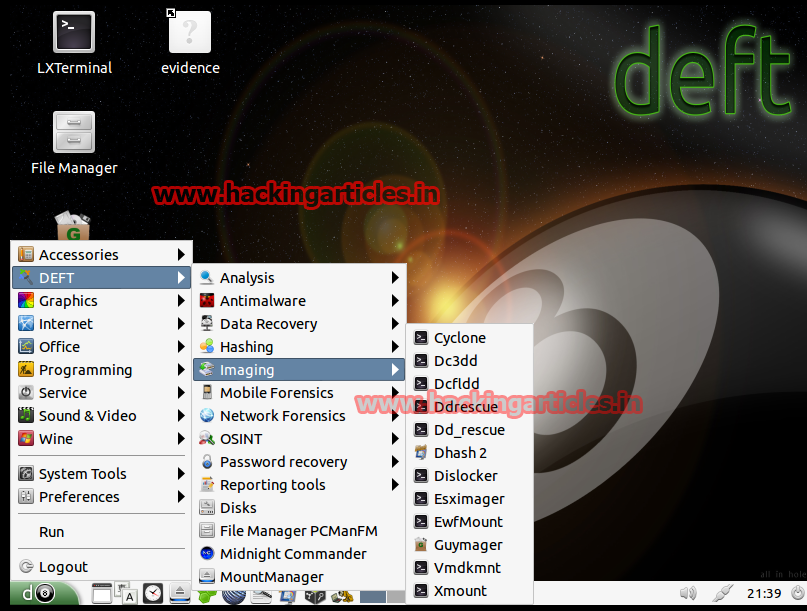
Mobile Forensics – Analysis Blackberry, Android, iPhone, as well as information about typical databases SQLite mobile devices used by applications.

Network Forensics – Tools for processing information stored in network
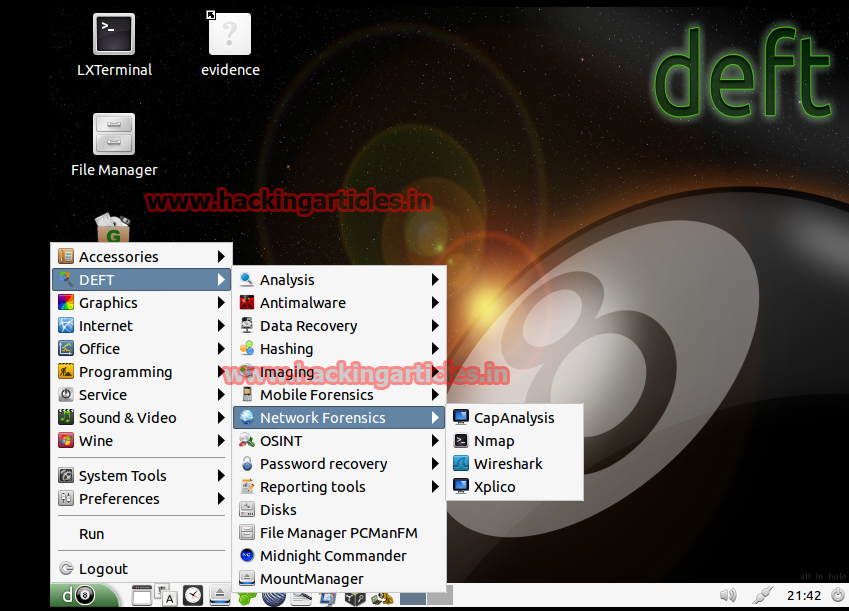
OSINT – Applications that facilitate obtaining information associated with users and their activity.
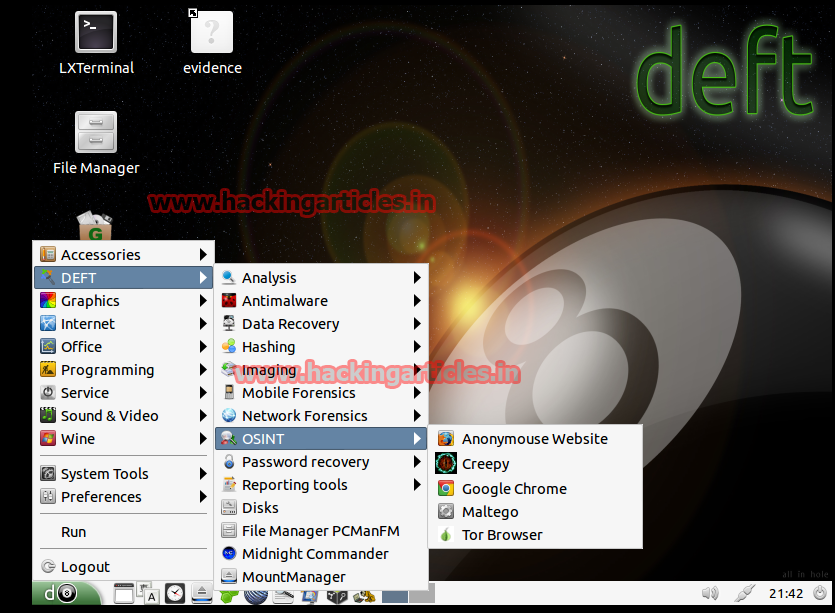
Password recovery – Recovery BIOS passwords, compressed files, office, brute force, etc.
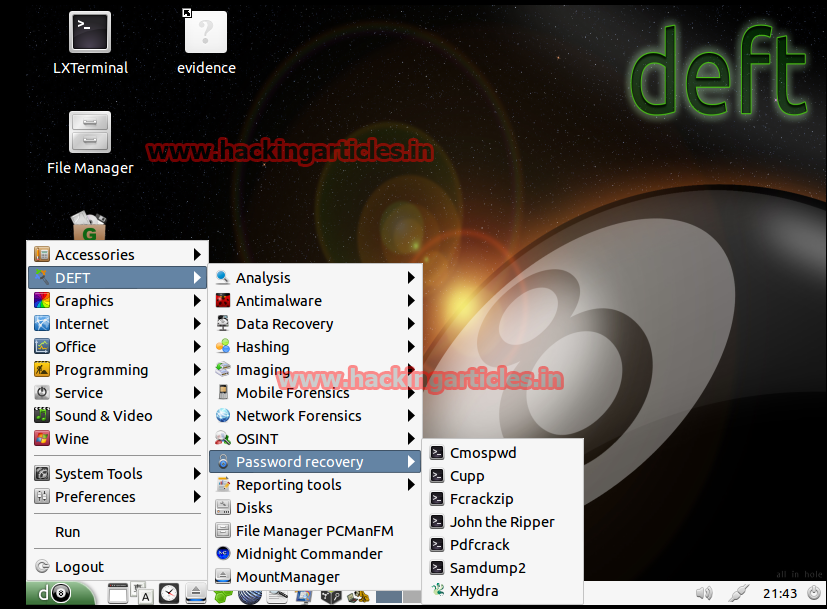
Reporting tools – Finally, within this section, you will find tools that facilitate reporting tasks. In addition, they help you obtain evidence that will document forensic work. For example, the toolkit offers screen-capture capabilities. It also supports note collection, desktop activity logging, and other related functions.
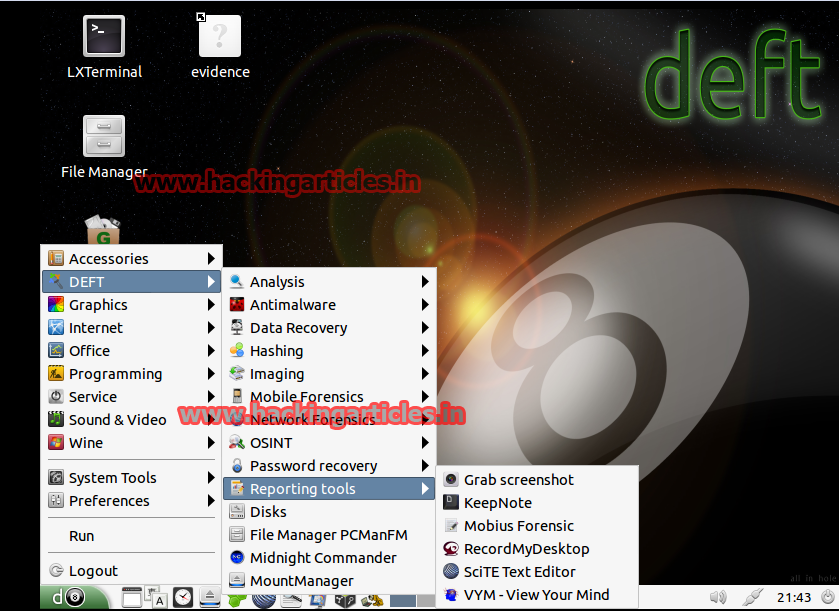
To learn more about Cyber Forensics. Follow this Link
Author: Mukul Mohan is a Microsoft Certified System Engineer in Security and Messaging. He is a Microsoft Certified Technology Specialist with high level of expertise in handling server side operations based on windows platform. An experienced IT Technical Trainer with over 20 years’ Experience. You can contact him at mukul@ignitetechnologies.in